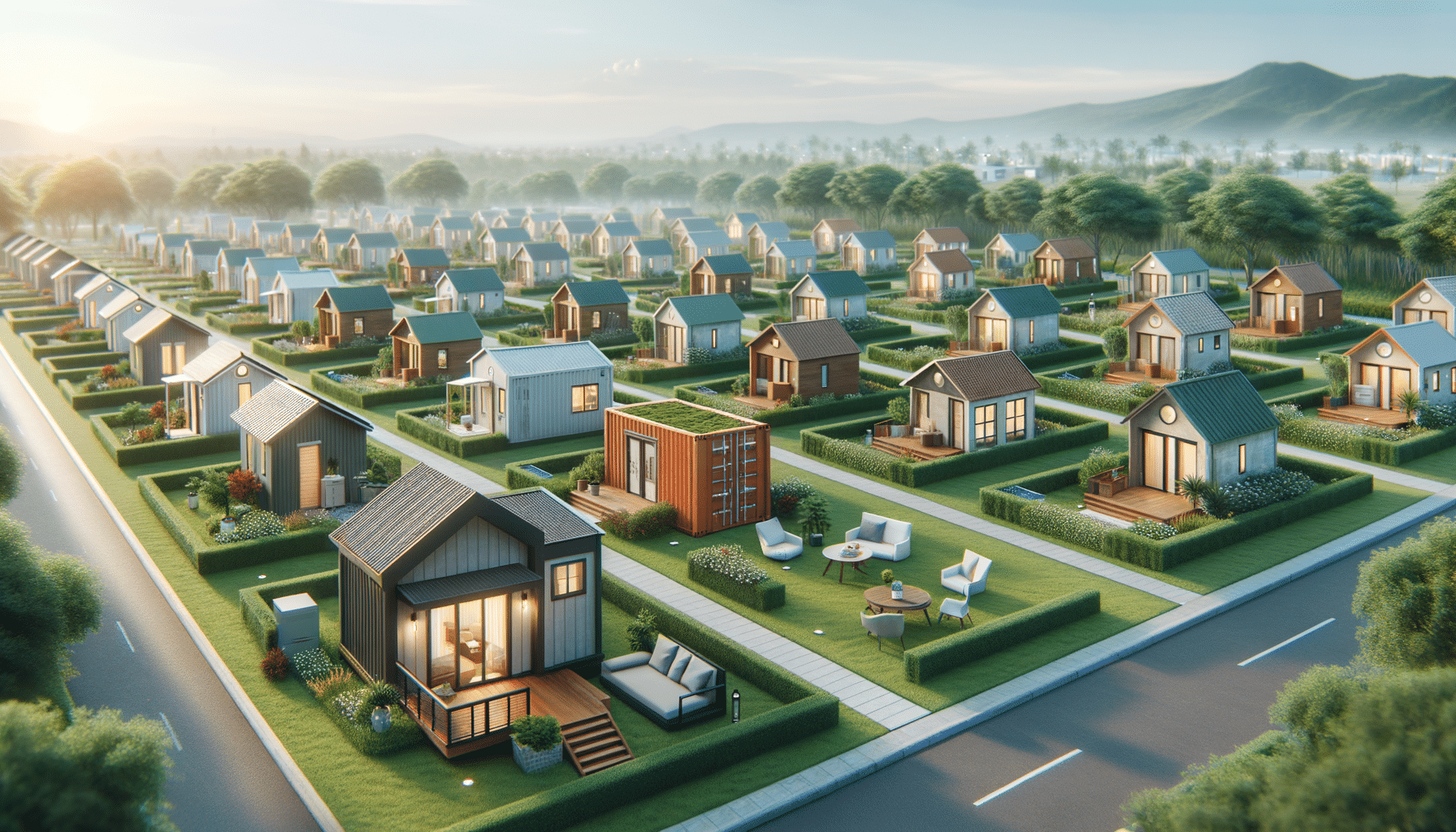
Prefabricated Homes
Introduction to Prefabricated Housing
Prefabricated housing, often referred to as prefab homes, is experiencing a significant rise in popularity as a solution to modern housing challenges. With the growing need for affordable and efficient housing options, prefabricated homes offer a unique blend of cost-effectiveness, sustainability, and design flexibility. These homes are constructed off-site in a controlled environment and then transported to their final location, which reduces construction time and waste. As urban areas continue to expand and the demand for housing increases, prefabricated homes are becoming a viable option for many looking to balance quality with affordability.
The Cost-Effectiveness of Prefabricated Homes
One of the primary advantages of prefabricated homes is their cost-effectiveness. Traditional home construction can be expensive, often requiring significant investments in labor and materials. In contrast, prefabricated homes are manufactured in bulk, which allows for economies of scale, reducing the overall cost. Additionally, the controlled factory environment minimizes delays typically caused by weather conditions, further cutting down on expenses. This efficiency means that homeowners can often achieve a high-quality living space at a fraction of the cost of a conventional home.
Moreover, prefabricated homes offer financial predictability. Since much of the construction process is standardized, homeowners are less likely to encounter unexpected costs. This predictability is particularly appealing in an era where budget overruns are common in traditional home building projects. Overall, the financial benefits of prefabricated housing make it an attractive option for first-time buyers and those looking to invest in property without breaking the bank.
Sustainability and Environmental Impact
Prefabricated homes are not only cost-effective but also environmentally friendly. The construction process generates less waste compared to traditional building methods, as materials are precisely measured and cut in a factory setting. This precision reduces the amount of excess material discarded, contributing to a smaller environmental footprint. Additionally, many prefab homes are designed with energy efficiency in mind, incorporating features such as solar panels, energy-efficient windows, and advanced insulation techniques.
Furthermore, the transportation of prefabricated homes to their final destination is often more efficient than transporting materials for traditional construction. This efficiency reduces the carbon emissions associated with building a home. As environmental concerns become increasingly important to consumers, the sustainable nature of prefabricated homes makes them an attractive choice for eco-conscious buyers.
Design Flexibility and Modern Aesthetics
Another appealing aspect of prefabricated homes is their design flexibility. Contrary to the misconception that prefab homes are limited in style, they offer a wide range of aesthetic options. Modern prefabricated homes can be customized to suit individual tastes and preferences, from minimalist designs to more elaborate architectural styles. This flexibility allows homeowners to personalize their living spaces without compromising on quality or functionality.
In addition to customization, prefabricated homes often incorporate modern design elements that appeal to contemporary tastes. Open floor plans, large windows, and innovative use of space are common features in many prefab homes. These design elements not only enhance the aesthetic appeal of the homes but also improve the quality of life for the occupants by creating bright, airy, and comfortable living environments.
Challenges and Future Prospects
Despite the numerous advantages, prefabricated homes face challenges that need addressing to fully realize their potential. One significant challenge is the perception of prefab homes as inferior to traditionally built homes. This stigma can affect resale values and deter potential buyers. However, as more people become aware of the benefits and quality of modern prefab homes, this perception is gradually changing.
Another challenge is the regulatory environment. Building codes and zoning laws can vary significantly between regions, posing obstacles to the widespread adoption of prefabricated housing. Efforts to standardize regulations could help facilitate the growth of this industry.
Looking to the future, the prospects for prefabricated homes are promising. As technology advances, the quality and design of prefab homes are likely to improve further, making them even more appealing to a broader audience. With increasing awareness of the need for sustainable and affordable housing solutions, prefabricated homes are well-positioned to play a significant role in the future of real estate.


